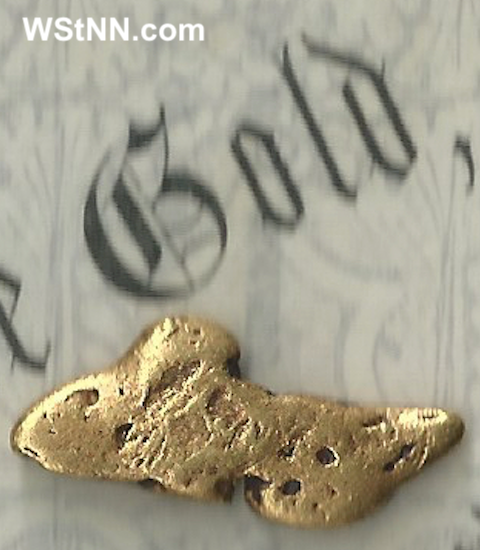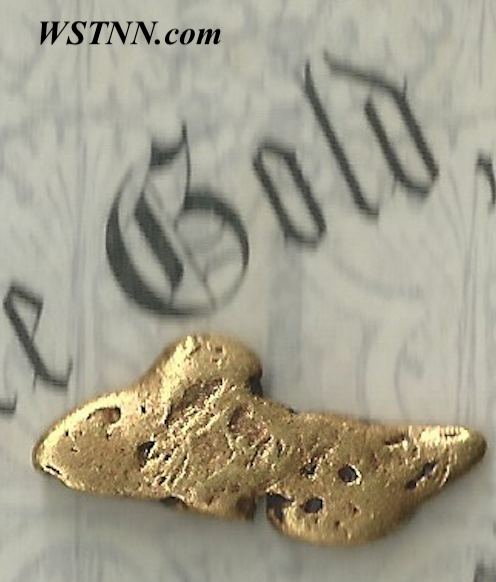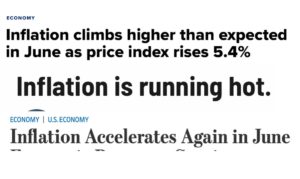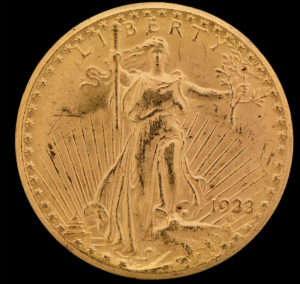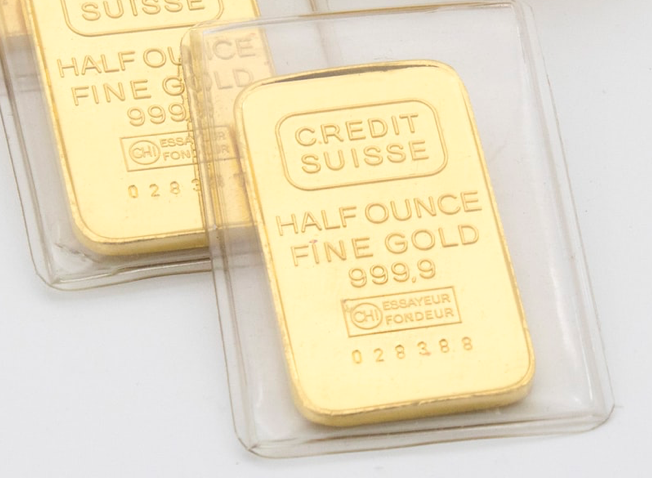by Fred Fuld III
It was just back in September when I wrote the article Top Gold Mining Stocks, almost six months to the day. In the article, I listed seven gold mining companies. The following shows the returns for those stocks.
| Stock | Symbol | 9/13/22 | 3/10/22 | Gain/Loss |
| AngloGold Ashanti Limited | AU | 15.5 | 25.73 | 66% |
| Caledonia Mining Corporation Plc | CMCL | 12.36 | 13.49 | 9% |
| DRDGOLD Limited | DRD | 9.15 | 10.14 | 11% |
| Gold Fields Limited | GFI | 8.64 | 16.69 | 93% |
| Harmony Gold Mining Company | HMY | 3.28 | 5.41 | 65% |
| Kinross Gold Corporation | KGC | 5.75 | 5.66 | -2% |
| Sibanye Stillwater Limited | SBSW | 13.61 | 18.32 | 35% |
| AVERAGE | 40% |
As you can see, there was only one loser in the bunch, Kinross Gold (KGC) which was down 2%. However, all the others were up substantially. One, Gold Fields (GFT), almost doubled. The overall average return was 40%; not too shabby for a six month period.
Gold an Inflation Hedge & Recession Hedge?
Some studies have shown that gold may not track inflation during short time frames, but over long periods of time, gold has been considered an inflation hedge and a hedge against a downturn in the economy.
According to the U.S. Bureau of Labor Statistics, “gold prices can act as an indicator of the health of the economy. A rise in the price of gold may be a signal that the economy is struggling. As a result, in times of either a crisis or inflation, many investors turn to gold to protect their principal. By contrast, in times of economic stability, investors are more likely to turn to more speculative investments, such as stocks, bonds, and real estate. During these times, the price for gold often declines.”
(What is surprising about this statement is that stocks, bonds, and real estate are considered “speculative investments”. Does that make gold a “safe investment”?)
Top Gold Mining Stocks
So now that gold has started to move up, and recently broke the $2000 an ounce price barrier, what gold mining stocks have solid ratios now.
There are currently four gold mining companies that have trailing price to earnings ratios of less than 25, forward price to earnings ratios of less than 25, and yields above 2%. You will notice that only one stock from the old list, Agnico, made the cut for the new list.
Agnico Eagle Mines Limited (AEM)
Agnico Eagle is a Canadian based mining company with mines in Canada, Sweden, and Finland. The stock has a trailing P/E ratio of 23.3, a forward P/E ratio of 24.33, and pays a yield of 2.28%. Annual earnings per share growth for the last five years is 79%.
AngloGold Ashanti Limited (AU)
AngloGold, based in Johannesburg, South Africa, has mines in Africa, North America, South America, and Australia. The stock trades at 16.9 times trailing earnings and 12 times forward earnings. The dividend payout rate is 2.11%. Annual earnings per share growth for the last five years is 97%.
B2Gold Corp. (BTG)
The Canada based company, B2Gold, has three operating mines in Mali, the Philippines, and Namibia. The stock has a very favorable P/E ratio of 10.7 and forward P/E of 10.4. Even the price to earnings growth ratio is a commendable 0.53. Annual earnings per share growth for the last five years is 33%.
Sibanye Stillwater Limited (SBSW)
Sibanye is a South African company that has mines in South Africa, the United States, Zimbabwe, Canada, and Argentina. The stock has an excellent price to earnings ratio of 6.2, with a forward P/E of 12.2. Annual earnings per share growth for the last five years is 41%.
Maybe one of these mining stocks can provide your portfolio with a pot of gold.
Disclosure: Author owns BTG

